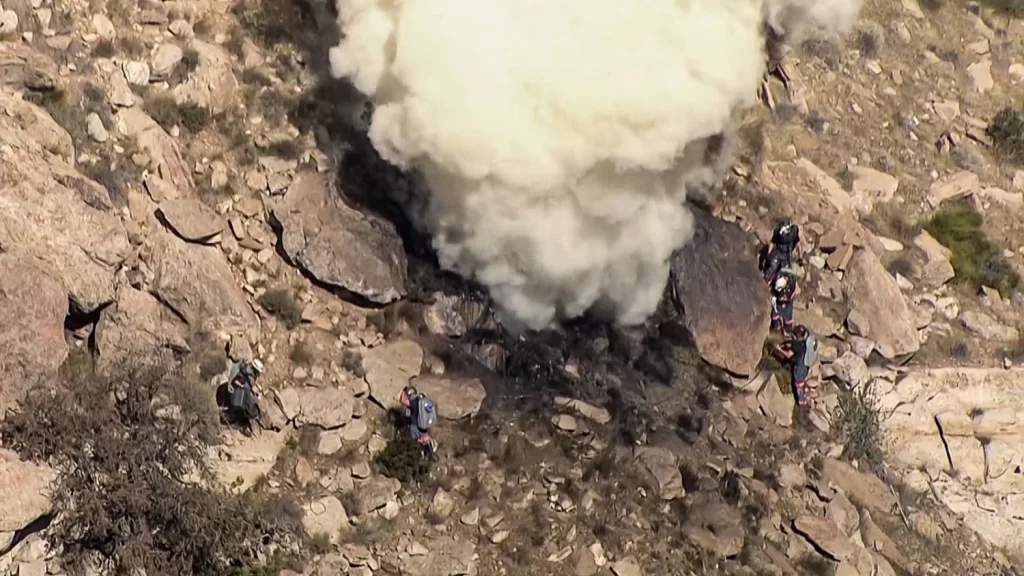Tata Steel achieved a significant milestone in its expansion efforts by commissioning a new blast furnace at its Kalinganagar plant in Odisha last week, boosting the facility’s capacity from 3 million tonnes (mt) to 8 mt annually. This development, part of the company’s Phase-II expansion, represents an investment of Rs 27,000 crore, underscoring the steel giant’s commitment to increasing production capacity and advancing India’s industrial growth.
With this expansion, Tata Steel’s total capacity across its sites in Odisha has risen to 14.6 mt. In Jharkhand, where the company’s iconic Jamshedpur Works is located, the capacity stands at 12 mt, with Jamshedpur alone contributing 11 mt. The new blast furnace at Kalinganagar, boasting a volume of 5,870 cubic metres, is now India’s largest and sets a new benchmark in the domestic steel industry.
Odisha: Tata Steel’s Largest Investment Destination
Inaugurating the blast furnace, T V Narendran, Managing Director and CEO of Tata Steel, highlighted the significance of this achievement for both the company and the Indian steel sector. He noted that Odisha has become Tata Steel’s largest investment hub in India, with cumulative investments exceeding Rs 100,000 crore over the past decade. Narendran emphasized that the new furnace is not just a capacity enhancement but also a demonstration of Tata Steel’s leadership in advanced engineering and sustainable steel production.
“The commissioning of India’s largest blast furnace at Kalinganagar is a momentous occasion for the steel industry, setting new benchmarks in capacity, technology, and sustainability,” Narendran said. He added that this expansion strengthens Tata Steel’s position in high-end, value-added steel segments while supporting socio-economic growth in the region.
Aligning with India’s Vision for Self-Reliance
Narendran further emphasized that this expansion aligns with India’s broader vision for self-reliance and sustainable industrial development. Tata Steel’s increased capacity will help meet the growing demands of various industries, including automotive, infrastructure, power, shipbuilding, and defense. Additionally, the company expects the new facilities to offer advantages in specialized areas such as oil and gas, lifting and excavation, and construction.
The Phase-II expansion at Kalinganagar includes not only the new blast furnace but also key facilities such as a pellet plant, coke plant, and cold rolling mill, ensuring the company is well-positioned to cater to both domestic and international markets.
Catalyst for Regional Socio-Economic Development
Beyond its industrial ambitions, Tata Steel has positioned the Kalinganagar plant as a key contributor to the socio-economic development of Odisha. The expansion is expected to create jobs, boost local infrastructure, and stimulate economic growth in the region. This commitment to regional development is part of Tata Steel’s broader mission to be a key player in India’s private investment landscape while promoting sustainable practices across its operations.
As Tata Steel continues to expand its footprint in Odisha and beyond, the company’s investment in state-of-the-art technology and sustainable infrastructure will likely bolster India’s position as a global steel powerhouse.









